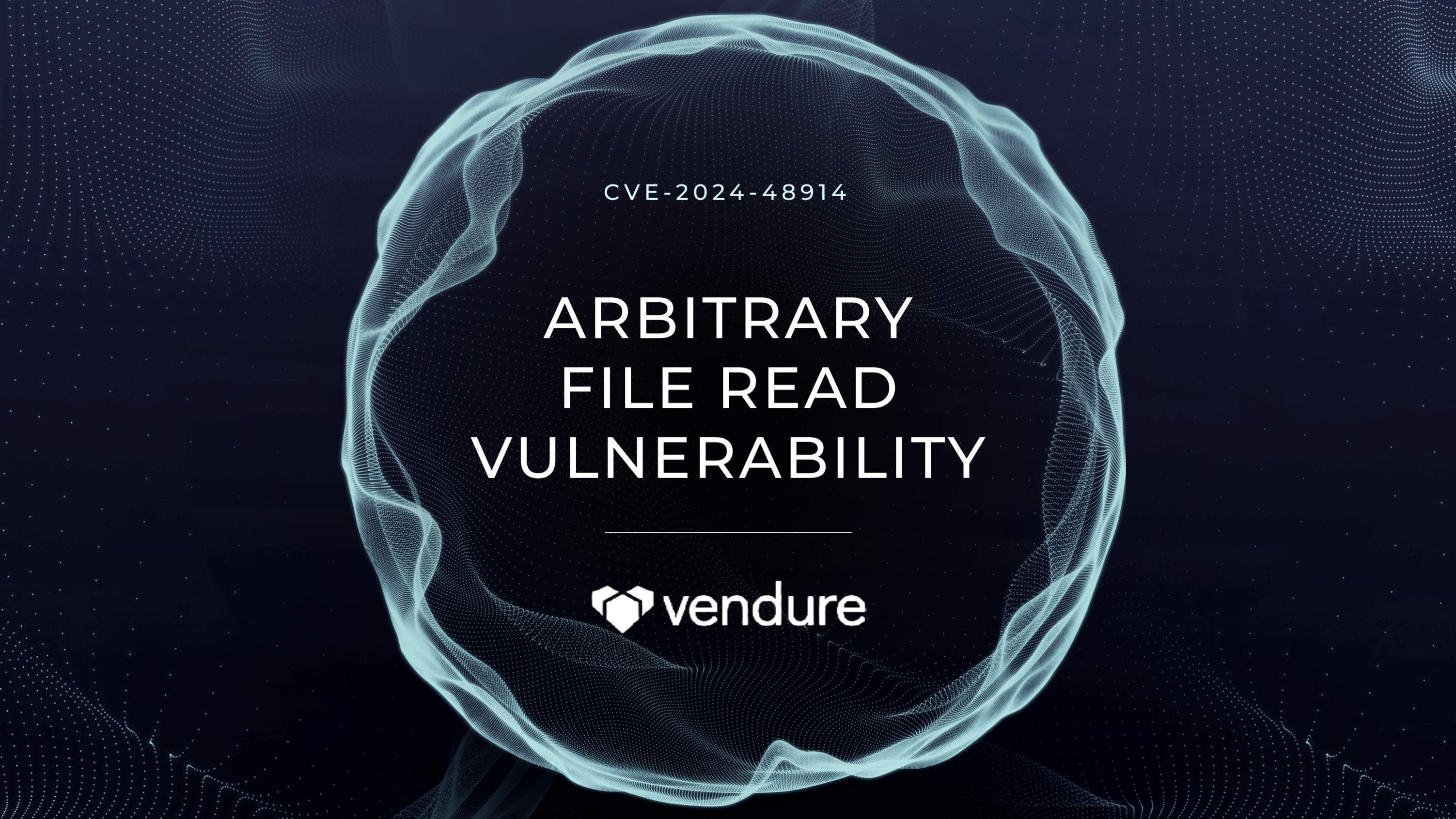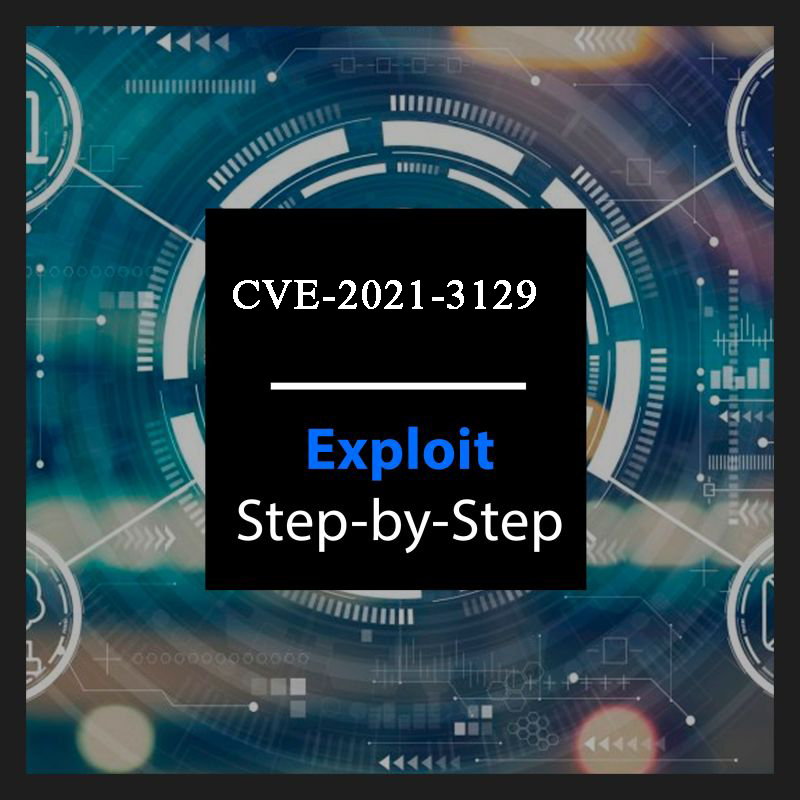
Introduction:
A tremor shook the data visualization world with the disclosure of CVE-2023-27524, a critical vulnerability in Apache Superset. This blog takes a deep dive into this "Authentication Bypass" flaw, analyzing its technical details, potential impact, and mitigation strategies.
The Exploitable Flaw:
Superset uses Flask-Session, a session management extension for Flask, which utilizes cookies to store user IDs and other session data. These cookies are signed for integrity verification using the SECRET_KEY. The vulnerability arises from two factors:
Predictable Default Key: When not explicitly set, Flask-Session generates a SECRET_KEY based on various system parameters, often resulting in predictable patterns across installations.
Weak Signature Algorithm: Flask-Session by default uses the HMAC-SHA1 algorithm for signing cookies, which is vulnerable to known collision attacks.
Exploit Mechanics:
Key Prediction: Exploiters leverage publicly available tools or knowledge of common patterns to guess the default SECRET_KEY used by the target Superset instance.
Cookie Forgery: With the predicted key, attackers can craft a fake session cookie containing a desired user ID (usually the admin, user ID 1).
Signature Spoofing: Using libraries like HMAC-SHA1 collision tools, attackers can generate a valid signature for the forged cookie, mimicking a legitimate session.
Authentication Bypass: When presenting the crafted cookie to Superset, the forged signature fools the server into accepting it as a valid session, granting the attacker unauthorized access with the specified user privileges.
Proof of Concept:
Let’s run through the steps to simulate this exploit on a vulnerable version of Superset.
Clone Superset from Github:
You can clone the vulnerable version using this command:
git clone https://github.com/apache/superset.git -b 2.0.1Setup Superset server on local:
Navigate to the repository you just cloned from Github:
cd supersetStart the instance with a vulnerable version of code:
TAG=2.0.1 docker-compose -f docker-compose-non-dev.yml up
Now Superset should be accessible on http://localhost:8088

Download the exploit script:
Clone the exploit code from Github:
git clone https://github.com/jakabakos/CVE-2023-27524-Apache-Superset-Auth-Bypass-and-RCEInstall the dependencies:
python3 -m pip install -r requirementsRun the exploit script against the server you just hosted on localhost:8088
python3 exploit.py --url http://localhost:8088 --id 1 --validate
Use the session cookie to login to superset dashboard as default user 1

Exploit Code Explanation:
Import Necessary Tools: The script loads essential Python libraries, including flask_unsign for cookie analysis, requests for web communication, argparse for command-line argument parsing, and re for regular expression matching.
Gather Information: It interacts with the Superset login page using requests to retrieve a session cookie and identify the Superset version.
Crack the Cookie: It attempts to decode the session cookie using flask_unsign, aiming to decipher its internals. It tries to crack the cookie's security using a list of pre-defined SECRET_KEYS, hoping to find a match that reveals its secrets.
Forge a New Cookie: If successful in cracking the cookie, it crafts a forged cookie, impersonating a specified user ID, granting unauthorized access.
Validate and Infiltrate (Optional): If instructed, it validates the forged cookie's effectiveness by attempting a login using the fake credentials.
Potential Severity Escalation:
With access to the admin dashboard, attackers can leverage additional vulnerabilities or misconfigurations to escalate their privileges within Superset and potentially reach deeper into the underlying data infrastructure. This opens doors for data exfiltration, system manipulation, and even remote code execution.
Addressing the Vulnerability: Apache Superset's Response in Version 2.0.2
The Apache Superset team acted promptly to address CVE-2023-27524. Here's a breakdown of the key mitigation steps taken:
1. Secret Key Generation:
Mandatory Customization: The installation process now explicitly prompts for a unique, strong SECRET_KEY. Skipping this step results in a clear error message, preventing the use of a predictable default key.
Cryptographic Strength: The generated SECRET_KEY now utilizes a more secure cryptographically random function, making it significantly harder to predict.
Default SECRET KEY: The SECRET_KEY value was changed to a new default, which is "CHANGE_ME_TO_A_COMPLEX_RANDOM_SECRET”.

2. Signature Algorithm Upgrade:
Default Algorithm Change: The default signature algorithm for Flask-Session cookies has been changed from HMAC-SHA1 to the more secure HMAC-SHA256, mitigating known collision attacks.
3. Configuration Updates:
Documentation Emphasis: The official documentation now strongly emphasizes the importance of setting a unique SECRET_KEY and highlights the security implications of using default values.

Security Best Practices: The documentation also includes additional guidance on best practices for securing Superset installations, such as enabling external authentication, input validation, and regular security audits.
Additional Actions:
External Authentication: While not directly addressing the vulnerability, the Superset team has also reiterated the benefits of using external authentication providers (SAML, OAuth2) to reduce reliance on Superset's internal authentication mechanisms and potentially limit the scope of potential attacks.
Key Reminder:
Patching is Paramount: Upgrading to Superset version 2.0.2 or later remains the most crucial step in mitigating CVE-2023-27524. Delaying patching leaves systems vulnerable to exploitation.
Defense in Depth: Employ additional mitigation strategies, such as regular key rotation, stronger signature algorithms, and proactive security practices, to create a multi-layered defense against potential attacks.
Mitigating Beyond Patching:
While patching to the latest Superset version is crucial, additional measures can further strengthen defenses:
Regular Key Rotation: Regularly rotate the SECRET_KEY, even if customized, to minimize the window of vulnerability from key prediction.
Input Validation: Implement strict validation on user input, especially in areas vulnerable to SQL injection or cross-site scripting attacks, which attackers might exploit after gaining initial access.
By understanding the mechanics behind this critical vulnerability, we can better appreciate the importance of secure coding, configuration, and proactive security practices. Let's keep our data visualization journeys safe and sound!
Disclaimer:
The information presented in this blog post is for educational purposes only. It is intended to raise awareness about the CVE-2022-30190 vulnerability and help mitigate the risks. It is not intended to be used for malicious purposes.
Exploiting vulnerabilities in live systems without proper authorization is illegal and harmful. This blog post does not advocate or encourage such activities.





